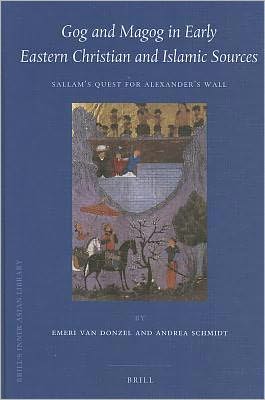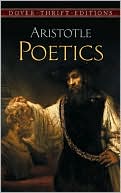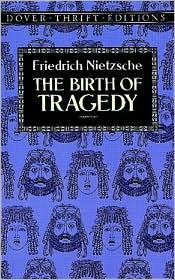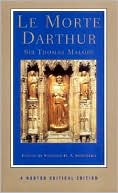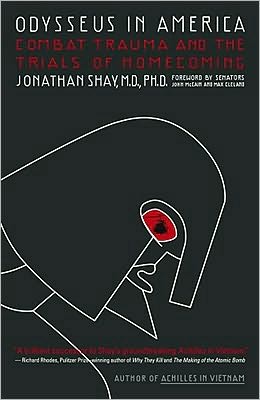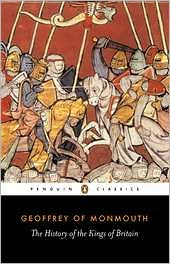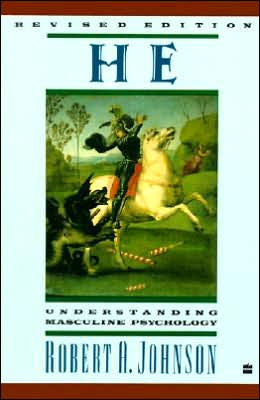Gog and Magog in Early Eastern Christian and Islamic Sources: Sallam's Quest for Alexander's Wall
Alexander's alleged Wall against Gog and Magog, often connected with the enclosure of the apocalyptic people, was a widespread theme among Syriac Christians in Mesopotamia. In the ninth century Sallam the Interpreter dictated an account of his search for the barrier to the Arab geographer Ibn Khurradadhbih. The reliability of Sallam's journey from Samarra to Western China and back (842-45), however, has always been a highly contested issue. Van Donzel and Schmidt consider the travel account...
Search in google:
Alexander's alleged Wall against Gog and Magog, often connected with the enclosure of the apocalyptic people, was a widespread theme among Syriac Christians in Mesopotamia. In the ninth century Sallam the Interpreter dictated an account of his search for the barrier to the Arab geographer Ibn Khurradadhbih. The reliability of Sallam's journey from Samarra to Western China and back (842-45), however, has always been a highly contested issue. Van Donzel and Schmidt consider the travel account as historical. This volume presents a translation of the source while at the same time it carefully looks into other Eastern Christian and Muslim traditions of the famous lore. A comprehensive survey reconstructs the political and topographical data. As so many other examples, also this story pays witness to the influence of the Syriac Christian tradition on Koran and Muslim Traditions.
Acknowledgements xiii\ List of Illustrations xv\ List of Maps xvi\ Note on Transliteration and Measures xvii\ Preface xix\ Part 1\ Chapter 1 Gog and Magog in Pre-Islamic, Jewish and Christian Sources\ 1 Names and Identification of Gog and Magog 3\ 2 The Bible 4\ 3 Jewish Literature 6\ 4 The Sibylline Oracles 8\ 5 Flavius Josephus 9\ 6 Early Christian Literature 11\ Chapter 2 Alexander and Gog and Magog in Early Oriental Christian Sources\ 1 The Syriac Alexander Romance 15\ 2 The Syriac Alexander Legend 17\ 3 The Syriac Alexander Poem 21\ 4 A Syriac Sermon On the Last Days 24\ 5 The Syriac Apocalypse of Pseudo-Methodius 26\ 6 The Chronicle of Michael the Syrian 32\ 7 The Coptic and Ethiopic Alexander Romance 33\ 8 The Coptic Apocalypses 36\ 9 The Armenian tradition 38\ 10 The Georgian tradition 44\ Chapter 3 Gog and Magog and Iskandar 'the two-horned one' in the Koran\ 1 Koran XVIII: 83-98 51\ 2 Koran XXI: 95-96 52\ 3 Rudi Paret's commentary on Koran XVIII: 82ff 52\ 4 Barrier/Rampart/Gate (sadd/radm/bab) 53\ Chapter 4 Gog and Magog in Islamic Tradition\ 1 The Sunni collections 55\ 2 The Shi'i collections 55\ 3 Koran commentators and Arab lexicographers 56\ 4 Common Themes 57\ Appearance 58\ Origin 60\ Numbers 62\ Food 64\ Role in eschatology 65\ Names 73\ Location 73\ Identification 74\ Human Aspects 76\ Description of the barrier 77\ Chapter 5 Gog and Magog in mediaeval Arabic, Persian and Turkish prose\ 1 Common Themes 80\ Appearance 80\ Origin 84\ Numbers 85\ Food 86\ Role in eschatology 87\ Names 89\ Location and identification 90\ Human Aspects 93\ Description of the barrier 99\ Chapter 6 Gog and Magog and the barrier in Arab poetry, Adab literature, popular epics and anecdotes\ 1 Arab Poetry 104\ 2 Adab literature 107\ 3 Epic literature 108\ 4 Anecdotes 112\ 5 Persian and Turkish verse 114\ 6 Some modern works in Arabic 117\ Part 2\ Chapter 7 Sallam's journey and the barrier of 'the two-horned one'\ 1 Interpreter and Traveller 121\ 2 The travel account-Text and Translation 123\ Description of the Barrier of Gog and Magog 123\ 3 Arabic authors 142\ Ibn Khurradadhbih 142\ The manuscripts of Ibn Khurradadhbih's "Book of Routes and Kingdoms" 143\ al-Jayhani/al-Idrisi 146\ Ibn Rusta 148\ Ibn al-Faqih 151\ al-Ya'qubi/Ibn Hawqal 152\ al-Muqaddasi 153\ al-Tha'alibi 153\ Abu Hamid 154\ Ibn al-Jawzi 155\ Yaqut 158\ al-Nuwayri 159\ 4 Sallam's travel account in Persian sources 160\ 5 Criticism on Sallam's travel account by some Arab and Western authors 163\ Chapter 8 Gog and Magog and the barrier: the origin of Sallam's description\ 1 Early Arabo-Muslim poets and the Syriac tradition 166\ 2 Islamic traditionists 167\ 3 The barrier as described in the Syriac tradition compared with Sallam's description 170\ Chapter 9 The Background to the Journey\ 1 The political environment 173\ 2 Reasons for the journey 176\ 3 Sallam's journey and the so-called map of Caliph al-Ma'mun 178\ 4 Dates of the journey 181\ Chapter 10 The outward journey: Samarra-Yumenguan (ca. July-August 842-November-December 843)\ 1 Samarra-Tiflis 182\ 2 The Master of Sarir 184\ 3 The king of the Alans 185\ 4 The Filan-shah 187\ 5 The Khazars 187\ 6 TheBashkirts 191\ 7 The Fetid Land, and the Turks in Central Asia 191\ 8 Dzungaria 195\ 9 The Tarim Basin 197\ 10 Qocho, and the Christian presence in Eastern Turkestan 202\ 11 Fortified Places 206\ 12 Igu 207\ 13 Igu-Anxi 209\ 14 Igu/Hami-Dunhuang 212\ 15 Dunhuang 215\ 16 Summary of the outward journey 216\ 17 Distances and duration 217\ Chapter 11 Yumenguang: destination reached\ 1 Yumenguan or the Jade Gate 220\ 2 Various locations 220\ 3 Abu Dulaf's Risala and Sallam's account 223\ 4 Yumenguan: the gate to the West 226\ 5 Yumenguan: the barrier of 'the two-horned one'? 227\ Chapter 12 The homeward journey: Yumenguan-Samarra (ca. December 843/January 844-December 844/January 845)\ 1 The itinerary 229\ 2 Xuanzang's itinerary 230\ 3 Stages 233\ Yumenguan-Lop Nor 233\ Lop Nor-Korla 235\ Korla-Kucha-Kara-köl 236\ Lakhman-Ghuriyan-Barskhan-Tabanuyan 236\ Kara-köl-Taraz 237\ Isfijab-Nishapur 238\ Tirmidh-Samarra 240\ 4 Summary of the homeward journey 241\ 5 Distances and duration of the journey 242\ Conclusion 244\ Bibliography 246\ Index of Names and Places 257
